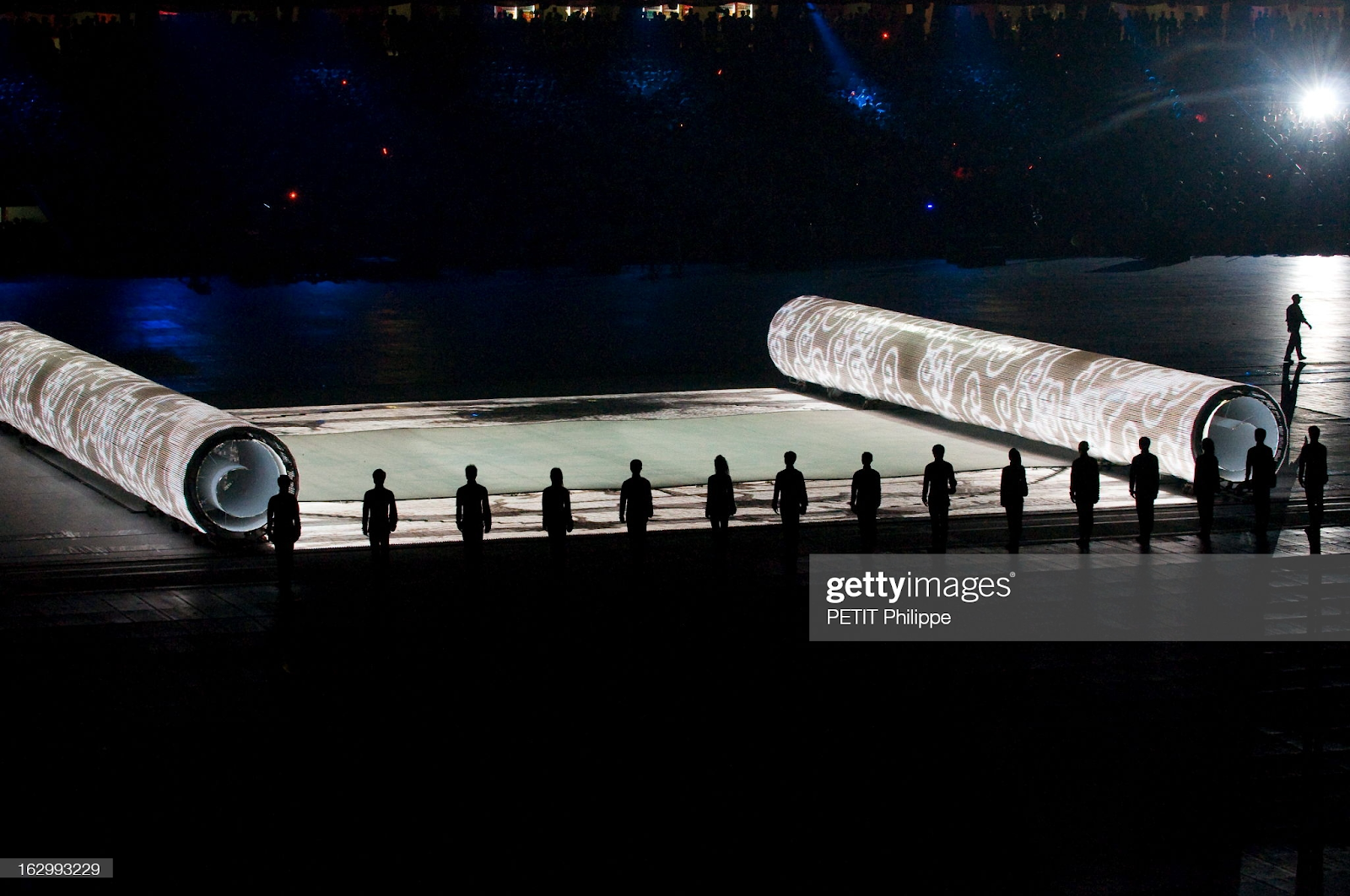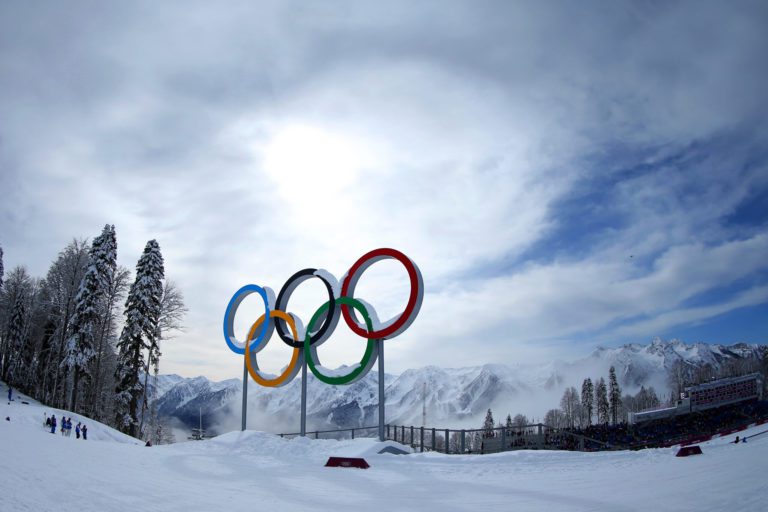We saw changes to Tokyo’s Olympic Games last summer – an Olympic village bubble, athlete restrictions and few spectators to name a few. But there will be even more changes in Beijing this Februrary. Here’s what you can expect to see as you watch from home.
COVID’s Hold on the Games
Given the rise in COVID cases and the appearance of the new Omicron variant, Beijing is implementing strict measures to ensure the safety of all individuals in attendance.
In Japan during the Summer Olympics, spectators were very limited. The majority who attended and participated in the Games were in a geographic boundary named the “Olympic bubble.”
However this did not prevent cross infections. This is because residents of Japan were allowed to commute from home to the Games.
Following the conclusion of Japan’s Games, there was a reported total of 778 cases. The majority of them occurred among staff members. The observed results from the Summer Olympic Games have driven China to amplify their restrictions.
China’s actions to control COVID-19 have been stricter than most countries. Borders have been sealed and entire cities have been locked down.
In the case of the Winter Games, the government plans to isolate all global participants from the 1.4 billion population. In addition, no public tickets are being sold to Chinese or international spectators.
This line of defense, however, has not prevented other teams from pulling out of the games due to spikes in cases.
The United States will not have NHL players representing their hockey team as there have been multiple spikes in cases among the league. In December, 50 games were postponed due to a rise in Omicron cases among players, staff and other personnel.
Instead minor league players will be representing the country in the Winter Olympics. It is a chance for rising stars to make their debut.
 Nick Abruzzese, the captain of Harvard’s hockey team, was selected for Team USA.
Nick Abruzzese, the captain of Harvard’s hockey team, was selected for Team USA.
What You Can Expect to See:
The Winter Olympics will take place in three different regions: Beijing, Yanjing and Zhangjiakou.
The Games will open on February 4 and close on February 20 in Beijing. The opening ceremony will welcome back Zhang Yimou, who directed the 2008 Summer Olympics opening ceremony.
Zhang is an award winning creative director, producer, writer and cinematographer. Two of his most well-known films are “Hero” and “Ju Dou.”
A recurrent theme in his pieces is the resilience of people in times of hardship and adversity.
 A set piece from Beijing’s Opening Ceremony in 2008
A set piece from Beijing’s Opening Ceremony in 2008
There has been a rise in environmental protection around the world. Given this, Zhang plans to also exhibit this theme at the ceremony through “innovative cauldron lighting.”
Once the Games kick off, 3,000 athletes from 90 different countries will participate in 22 winter events.
We saw the Summer Olympics add events such as skateboarding and surfing. The Winter Games have added seven new events: women’s monobob, freestyle skiing, mixed team snowboard cross, mixed team aerial, mixed team short track relay and mixed team ski jumping.
In terms of COVID-19 protection, all individuals within the Olympic boundaries are required to monitor their health daily. They must wear masks the majority of the time and report to the MY2022 app.
This app was designed for the games. It has a play-by-play for pandemic prevention under the International Olympic Committee.
While we are entering our third year of a global pandemic, the Olympics is a continual reminder of humanity’s ability to overcome obstacles, come together and inspire each other.
The Summer Olympics looked different and the Winter Olympics will too. I hope all individuals participating and volunteering in the games will remain safe.
Viewers across the globe will certainly appreciate this historical tradition.
[zombify_post]


0 Comments